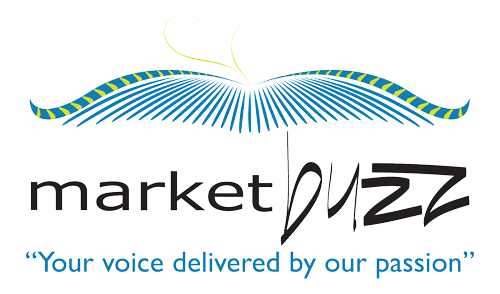MIDDLE EAST, 1 DECEMBER 2010 – Fortinet® (NASDAQ: FTNT) – a leading network security provider and the worldwide leader of unified threat management (UTM) solutions – today announced its November 2010 Threat Landscape report, which highlights a 12 percent reduction in global spam after Dutch authorities dismantled a large Bredolab network by taking more than 140 servers offline.
“Bredolab was often used to load spam engines, which are typically used to sell fraudulent pharmaceuticals,” said Derek Manky project manager, cyber security and threat research at Fortinet. “The scale of this Bredolab botnet had a huge impact on spam levels, dropping as much as 26 percent one week after it was dismantled.”
Koobface Takedown
Koobface, a botnet well known for spamming popular social media sites, was taken offline on November 14 when UK ISP provider Coreix took three MotherShip servers offline. Koobface used intermediary servers (proxies) to communicate with these MotherShip servers through HTTP port 80.
“We confirmed that on November 14, when the primary servers were taken offline, the intermediary servers failed to proxy content, which effectively crippled the botnet,” Manky continued. “Unfortunately, we saw communication restored five days later on November 19th. This is likely due to the fact that Koobface contains an FTP harvesting module.”
Operators may use stolen FTP credentials to hijack Web servers for intermediary/proxy use. By reconfiguring their intermediary servers to new MotherShip servers, the operators seemingly regained control of their botnet.
Adobe, Microsoft, Apple Zero-Day Vulnerabilities
In November, FortiGuard labs also disclosed zero-day vulnerabilities in Adobe Shockwave (FGA-2010-54), Adobe Flash (FGA-2010-56), Microsoft Office PowerPoint (FGA-2010-58), and Apple QuickTime (FGA-2010-61). In addition to the four zero days, 146 additional new vulnerabilities were covered by FortiGuard IPS; 40 percent of which were actively exploited in the wild. As of this writing, a zero-day vulnerability is still being exploited in the wild for Microsoft Internet Explorer (FGA-2010-55). All five vulnerabilities were critical, and had the potential to allow attackers to execute arbitrary code from a remote location.
New and old vulnerabilities will continue to be exploited, so it’s important to keep all application patches up to date. Additionally, a valid intrusion prevention system (IPS) can help mitigate attacks against both known vulnerabilities and zero-days. With the use of communication through common protocols, application control is becoming more important to identify malicious activity on the application level.
FortiGuard Labs compiled threat statistics and trends for November based on data collected from FortiGate® network security appliances and intelligence systems in production worldwide. Customers who use Fortinet’s FortiGuard Services should be protected against this vulnerability with the appropriate configuration parameters in place.
FortiGuard Services offer broad security solutions including antivirus, intrusion prevention, Web content filtering and anti-spam capabilities. These services help protect against threats on both application and network layers. FortiGuard Services are updated by FortiGuard Labs, which enables Fortinet to deliver a combination of multi-layered security intelligence and zero-day protection from new and emerging threats. For customers with a subscription to FortiGuard, these updates are delivered to all FortiGate®, FortiMail™ and FortiClient™ products.
The full November Threat Landscape report, which includes the top threat rankings in several categories, is available now. Ongoing research can be found in the FortiGuard Center or via FortiGuard Labs’ RSS feed. Additional discussion on security technologies and threat analysis can be found at the Fortinet Security Blog.
Our Security Minute videocast is also available on YouTube.

